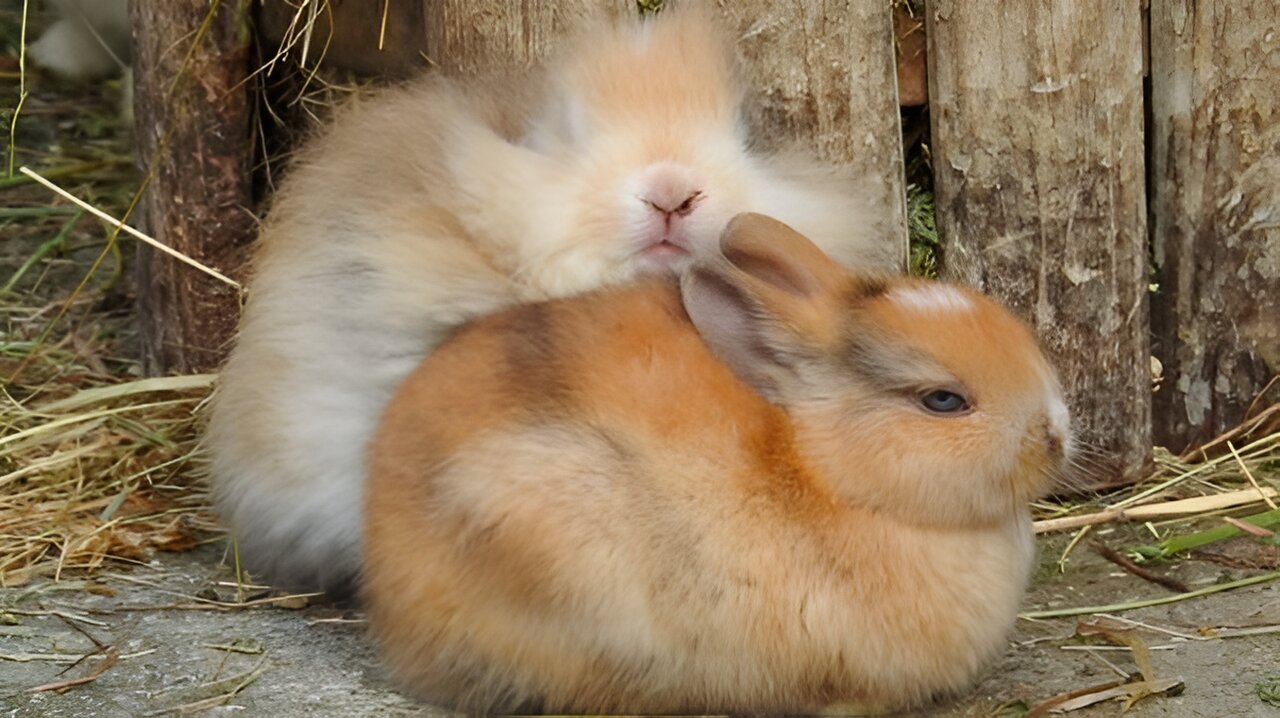Researchers at the Texas A&M School of Veterinary Medicine and Biomedical Sciences (VMBS) have made significant discoveries regarding the rewilding of domestic rabbits, shedding light on how these normally tame animals can adapt to and thrive in the wild.
Published in Nature Ecology and Evolution, the study addresses a longstanding question: how do domestic rabbits, originally bred for docility and specific coat colors, transform into ecological threats when reintroduced to the wild? Dr. Leif Andersson, from VMBS and Uppsala University in Sweden, explains that understanding this process is crucial, especially in light of historical ecological disasters such as the rabbit infestation in Australia.
The study involved sequencing the genomes of nearly 300 rabbits from Europe, South America, and Oceania. Surprisingly, all rabbits analyzed possessed a mix of domestic and feral DNA. This genetic blending indicates that even before intentional or accidental releases into the wild, these rabbits already carried genetic traits conducive to surviving in natural environments.
Andersson’s team found that natural selection plays a pivotal role in “rewilding” domestic rabbits. Traits bred by humans, such as tameness and distinctive coat colors, are gradually selected against in the wild due to their disadvantageous nature for survival. Instead, genes promoting wild behaviors like heightened flight responses become prevalent through evolutionary processes.
The implications extend beyond rabbits, offering insights into the potential feralization of other domesticated species like pigs and cats. Andersson emphasizes the importance of preventing the release of domestic animals into wild ecosystems, underscoring the broader ecological impacts and the challenges involved in managing such introductions.
The collaborative study with the Research Center in Biodiversity and Genetic Resources (CIBIO) underscores the interdisciplinary approach necessary to comprehend and address these complex ecological dynamics.
